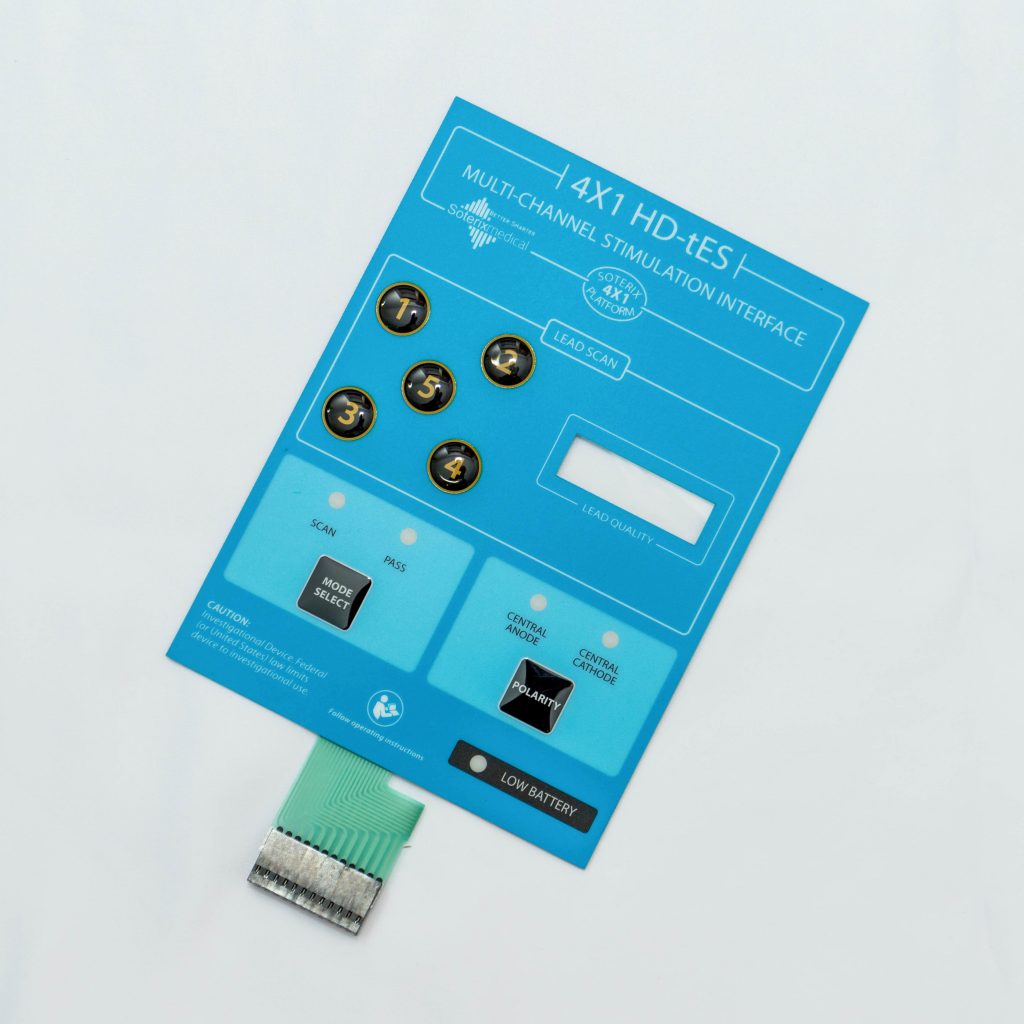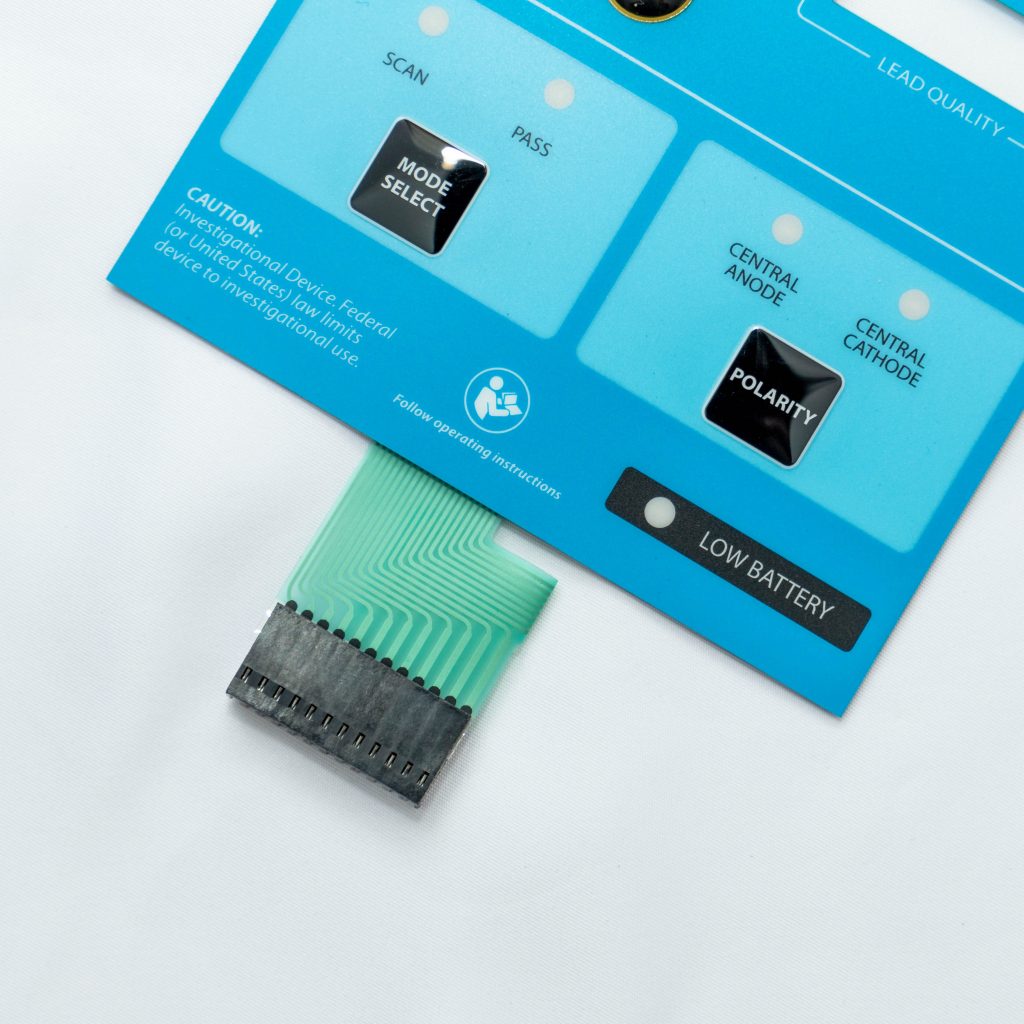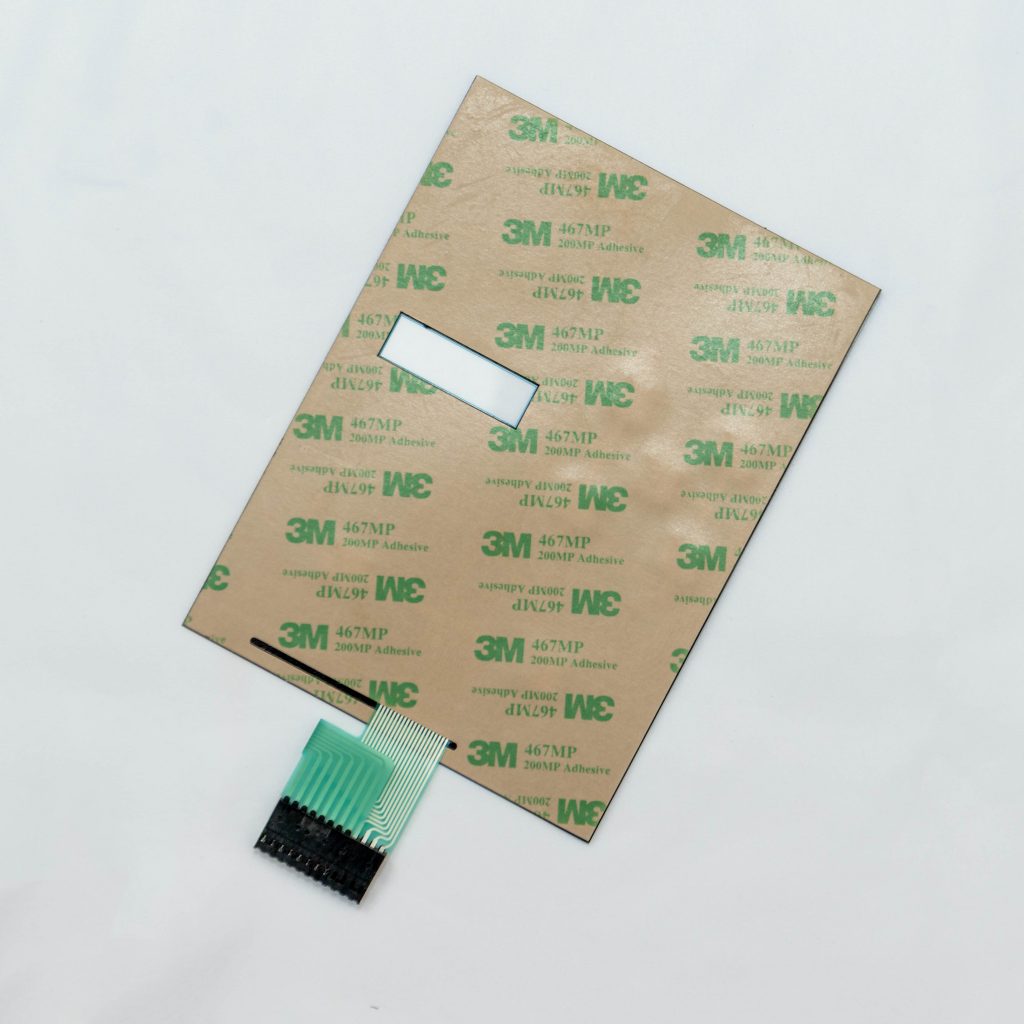Contact
Write to Us And We Would Be Happy to Advise You.
Do you have any questions, or would you like to speak directly with a representative?
By hqt
Membrane switches are a vital component in many electronic devices and industrial equipment. They provide a user interface that allows individuals to interact with the device or machinery. When it comes to membrane switches, quality is of utmost importance. Inferior membrane switches can bring significant harm to your products, leading to reduced functionality, increased failure rates, and potential damage to your brand reputation. In this article, we will explore the various harms that inferior membrane switches can cause and the importance of investing in high-quality switches for your products.



1. Decreased Durability
One of the primary harms of inferior membrane switches is their decreased durability. These switches are often made with low-quality materials and substandard manufacturing processes. As a result, they are more prone to wear and tear, leading to a shorter lifespan. With frequent use, the inferior switches may start to fail, compromising the functionality of your product. This can result in frustrated customers and costly repairs or replacements.
2. Poor Performance
Inferior membrane switches are often plagued by poor performance issues. They may have inconsistent tactile feedback, leading to an unsatisfactory user experience. Users rely on responsive switches to navigate menus, input commands, and adjust settings. When switches are unresponsive or provide inaccurate feedback, it can lead to frustration and decreased user satisfaction.
3. Increased Failure Rates
When inferior membrane switches are integrated into your products, you run the risk of higher failure rates. The substandard construction and components used in these switches make them more prone to malfunctions and breakdowns. A single faulty switch can render the entire device non-functional, resulting in customer dissatisfaction and potential returns or warranty claims.
4. Compromised Safety
In industries where safety is paramount, such as medical equipment or aerospace technology, inferior membrane switches can pose a significant risk. These switches may fail to perform critical functions or provide accurate inputs, leading to potential hazards or accidents. When dealing with sensitive applications, it is crucial to invest in reliable membrane switches to ensure the safety of users and prevent any harm or liability.
5. Negative Brand Image
Inferior membrane switches reflect poorly on your brand image and reputation. When customers experience issues with the switches, they often associate those problems with the overall quality of your products. Negative reviews and word-of-mouth can quickly spread, damaging your brand’s credibility. On the other hand, using high-quality membrane switches demonstrates your commitment to excellence and can enhance customer trust and loyalty.
6. Increased Maintenance Costs
Inferior membrane switches may require frequent repairs or replacements, leading to increased maintenance costs for your products. The cost of repairing faulty switches or addressing malfunctions can quickly add up, impacting your bottom line. By investing in superior membrane switches initially, you can reduce the need for ongoing maintenance and minimize associated expenses.
Q: What are some common signs of inferior membrane switches?
A: Common signs of inferior membrane switches include unresponsive buttons, inconsistent tactile feedback, peeling or fading graphics, and premature switch failure.
Q: Can I replace inferior membrane switches with higher-quality ones in my existing products?
A: In most cases, it is possible to replace inferior membrane switches with higher-quality alternatives. However, it is essential to consider compatibility, design modifications, and integration requirements when making such changes.
Q: How can I ensure I’m purchasing high-quality membrane switches?
A: To ensure you’re purchasing high-quality membrane switches, look for reputable manufacturers with a track record of delivering reliable and durable products. Additionally, ask for product samples or certifications to assess the quality before committing to a supplier.
Q: Are high-quality membrane switches more expensive?
A: While high-quality membrane switches may have a higher upfront cost, they offer superior performance, durability, and reliability. Investing in quality switches can save you money in the long run by reducing maintenance and replacement expenses.
Q: Can inferior membrane switches be repaired?
A: In some cases, it may be possible to repair minor issues with inferior membrane switches. However, significant defects or failures may require complete replacement to ensure optimal performance and reliability.
Q: What should I do if my product already has inferior membrane switches?
A: If your product already has inferior membrane switches, consider conducting a thorough assessment of their performance and reliability. If issues persist or customer complaints arise, it may be wise to replace them with high-quality switches to improve your product’s overall quality.
Inferior membrane switches can bring various harms to your products, ranging from decreased durability and poor performance to compromised safety and negative brand image. It is essential to recognize the significance of investing in high-quality switches to mitigate these risks. By prioritizing quality, you can ensure optimal functionality, enhance user satisfaction, and safeguard your brand reputation. Don’t compromise on the vital component that is the membrane switch—choose excellence for your products.
Do you have any questions, or would you like to speak directly with a representative?